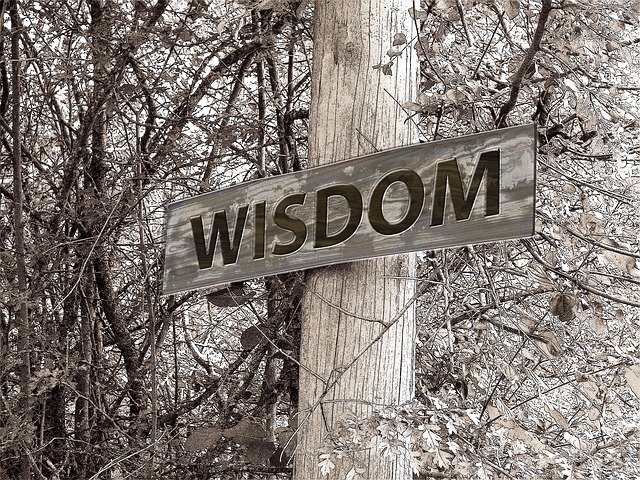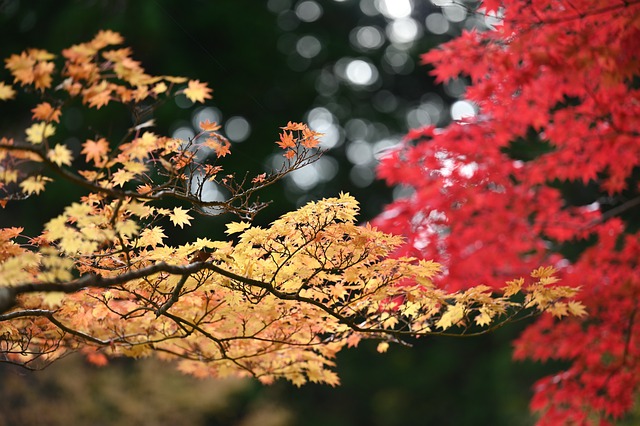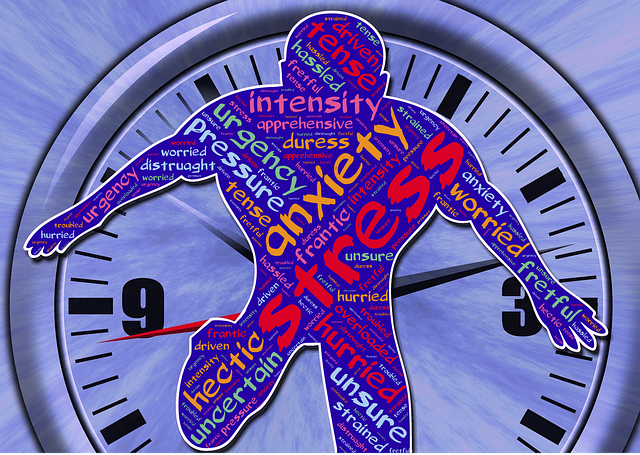Allyson Pimentel, meditation teacher with MARC, provided a recent meditation podcast on the topic, Mindfulness as Alignment with the Good. The catalyst for her online session was a walk with her dog in the bright morning sun, surrounded by the sound of birds, the beauty of flowers and trees, and the kind acknowledgement of neighbours. What particularly came home to her was the heightened receptivity that comes with mindfulness practice along with what is good in our life.
When we practice mindfulness in these challenging times we are returning to stillness amongst the turbulence of a pandemic and political unrest, seeking groundedness in the face of disturbing and disorienting news, exploring harmony in a world torn by racial hatred and the income divide, finding silence amidst the noise of a busy life, and resting in peace and tranquility. As we deepen our practice, we become more connected to nature and to each other – we can picture other people around the world engaged like us in meditation, Tai Chi, yoga, or the singing of mantras. We can sense the collectivity of everything, the growing alignment with what is good not only in our own lives but also in the lives of others worldwide.
Allyson stressed that what we have in mindfulness is totally portable – we can take it with us wherever we go. We have our breath, widening awareness of our senses and the capacity to feel warmth towards others with a kind heart. Mindfulness engenders gratitude, wisdom, generosity, and compassion towards ourselves and others. We can be mindful for others because of our calmness, self-regulation, openness, and willingness to listen for understanding. We can bring to our daily interactions a healthy mind free from self-absorption, negative self-talk, resentment, or anger, so that we not only improve our own mental health but also impact positively the mental health of others.
Guided meditation for developing mindfulness and alignment with what is good
Allyson’s guided meditation during the podcast focused initially on our breath and achieving groundedness by sensing how we are supported by our chair and our feet on the ground. She suggested that we take a collective, deep inhalation and exhalation and then rest in the natural movement of our breathing, focusing on the expansion of our chest or abdomen or the movement of the air through our nose.
She then encouraged us to focus on the sounds that surround us – room tone, sounds in nature or traffic on our roads. Once we had been able to pay attention purposely and non-judgmentally to external sounds, she encouraged us to shift our attention to internal sounds – the sounds of our own breath, sighing, rumbling, clicking.
In the final stages of the meditation, Allyson suggested we focus in turn on two key questions:
- What is it I need now – what kind of support do I want?
- What can I do to provide support to others?
Support for others could be the simple act of ringing someone to see how they are going, connecting on Zoom, or meeting up in person with someone who you have not seen for a while or who is experiencing some difficulty.
Reflection
It is easy to be thrown off balance or to become disoriented and anxious in these challenging times. Mindfulness offers the chance to seek refuge in stillness and silence and to appreciate what is good in our life. Allyson maintains that as we grow in mindfulness, we are contributing to what is good and wholesome in our own lives and the lives of others we interact with – whether face-to-face or virtually. By reminding ourselves of this contribution of mindfulness, we can better sustain our practice and realise its benefits for ourselves and others.
___________________________________________
Image by John Hain from Pixabay
By Ron Passfield – Copyright (Creative Commons license, Attribution–Non Commercial–No Derivatives)
Disclosure: If you purchase a product through this site, I may earn a commission which will help to pay for the site, the associated Meetup group and the resources to support the blog.









